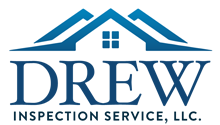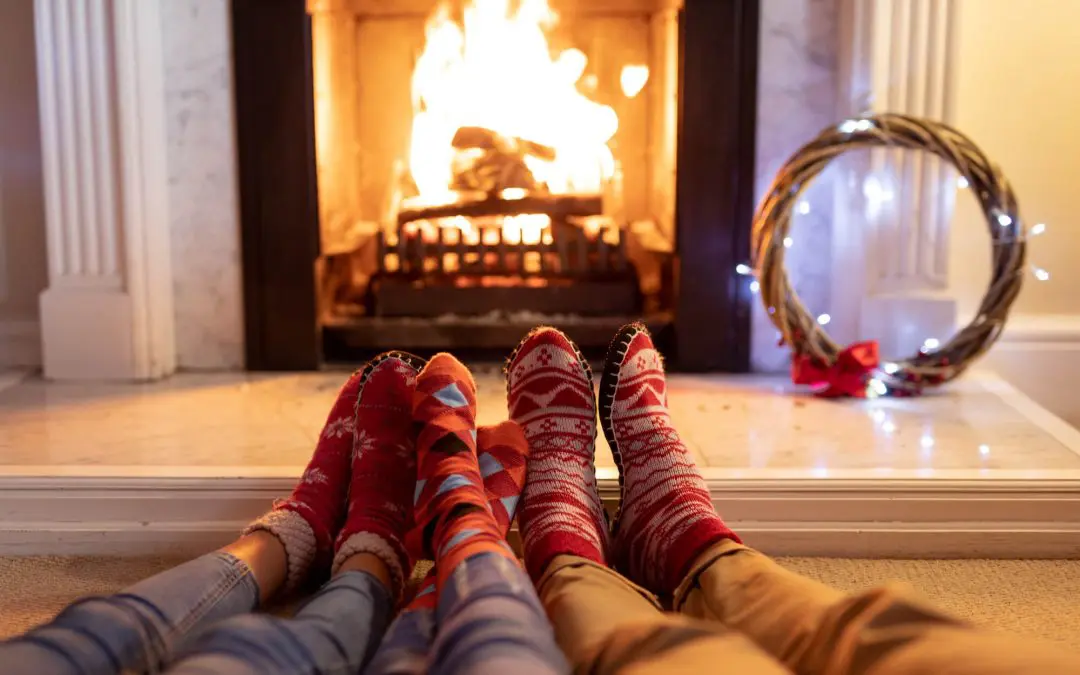There’s something undeniably enchanting about a crackling fire on a cold winter’s night, creating a warm and inviting ambiance in any home. While fireplaces offer comfort and charm, it’s crucial to prioritize safety to ensure this delightful experience doesn’t become dangerous. In this guide, we’ll explore essential tips for fireplace safety, covering everything from installation to maintenance and operation.
Fireplace Safety Starts with Proper Installation
1. Professional Inspection
Before using your fireplace, have it inspected by a certified professional to ensure that it is structurally sound and meets safety standards. This inspection should cover the chimney, flue, and overall structure.
2. Ventilation
Ensure proper ventilation to prevent the buildup of harmful gases like carbon monoxide. A well-functioning chimney with an open flue allows these gases to exit your home safely.
3. Fireplace Surroundings
Maintain a safe distance between the fireplace and any flammable materials, such as curtains, furniture, or carpets. Clear the area to create a safe zone around the fireplace.
Safe Operation
1. Quality Fuel
Use only recommended fuel for your fireplace. Different types of fireplaces require specific fuels, such as wood, gas, or electric logs. Follow manufacturer guidelines regarding fuel selection.
2. Controlled Burning
Avoid overloading the fireplace with logs or other fuel sources. A controlled burn produces less smoke and reduces the risk of sparks and embers escaping the fireplace.
3. Spark Guards
Install a spark guard or screen to prevent sparks and embers from flying out of the fireplace. This additional barrier adds an extra layer of protection, especially if you have children or pets.
Regular Maintenance is Critical for Fireplace Safety
1. Chimney Cleaning
Have your chimney cleaned to remove creosote buildup, a highly flammable substance that can accumulate over time. Schedule professional chimney cleanings annually.
2. Inspect Damper
Ensure that the damper is functioning correctly. The damper controls the airflow and helps regulate the intensity of the fire. A malfunctioning damper can lead to poor ventilation and increased fire risk.
3. Check for Cracks
Inspect the fireplace and chimney for any signs of cracks or damage. Cracks can compromise the structural integrity of the fireplace, posing a risk of fire spreading to surrounding areas.
Safety Precautions for Fireplace Safety
1. Smoke and Carbon Monoxide Detectors
Install smoke and carbon monoxide detectors in your home, especially near the fireplace. Regularly test these detectors to ensure they are in working order.
2. Fire Extinguisher
Keep a fire extinguisher nearby and ensure that everyone in the household knows how to use it. A small fire can escalate quickly, and having a fire extinguisher can make a significant difference.
By prioritizing fireplace safety, you can enjoy the warmth and ambiance of your fireplace without compromising the well-being of your home and loved ones. Regular inspections, proper installation, and responsible operation are key elements in maintaining a safe and cozy environment during the chilly winter months. So, go ahead, light that fire, and create lasting memories while keeping safety at the forefront of your mind.
Drew Inspection Service provides inspection services to homebuyers and sellers in South Dakota. Contact us to schedule an appointment.

